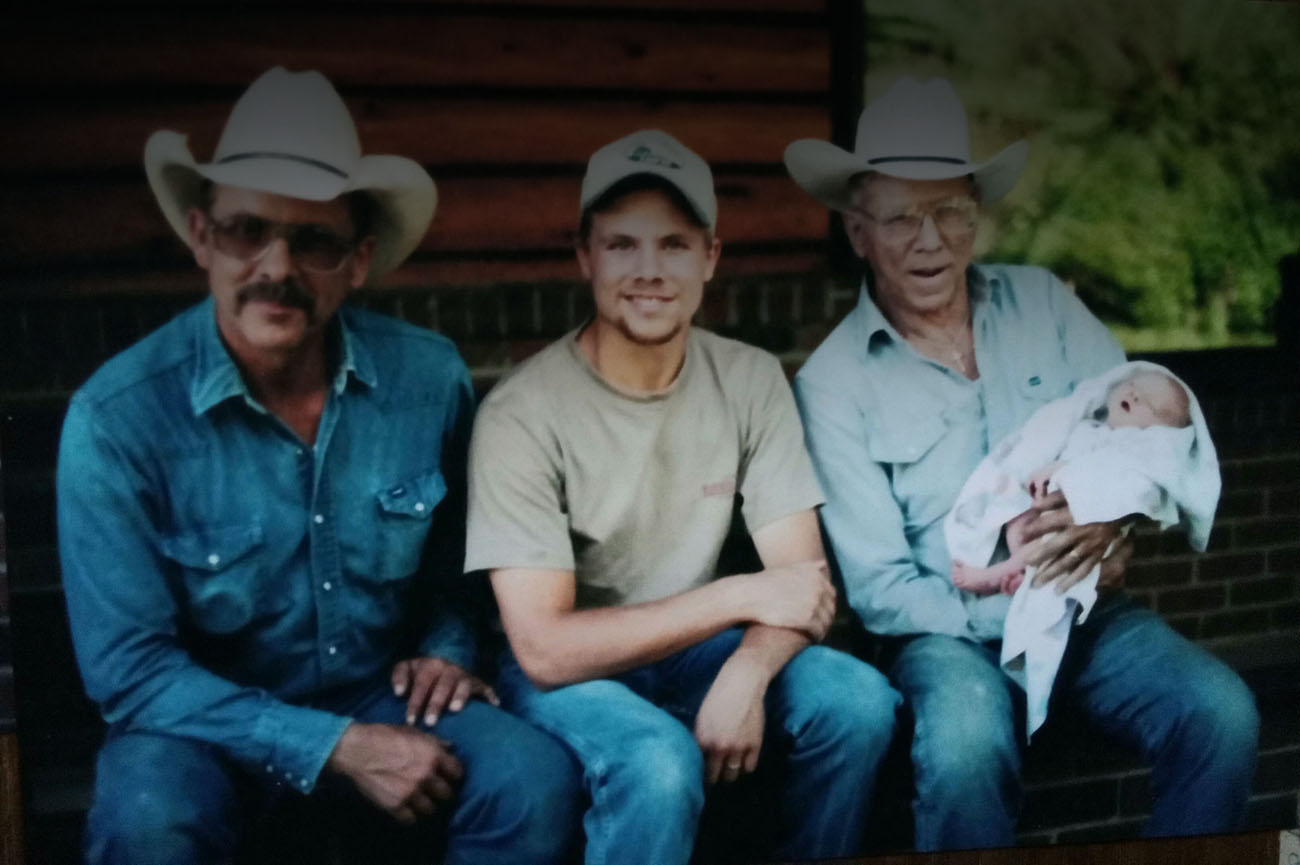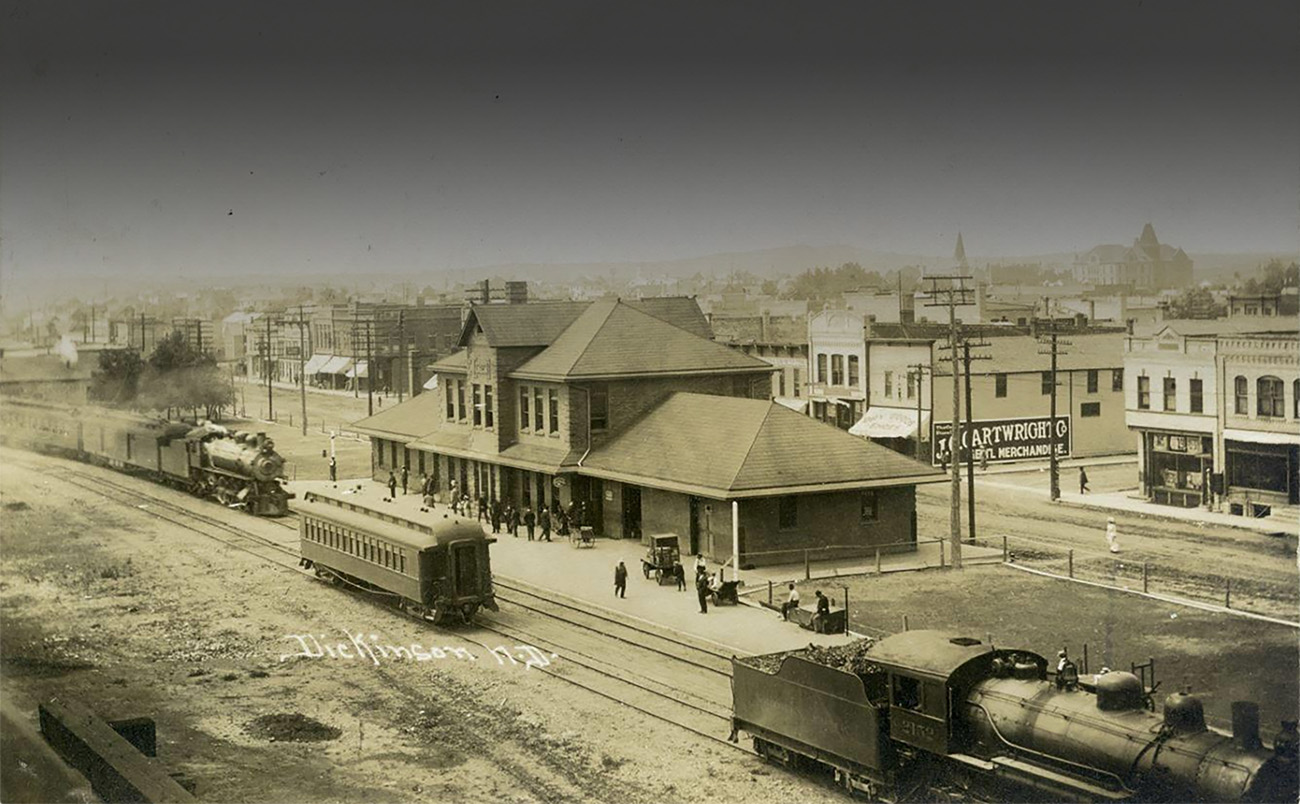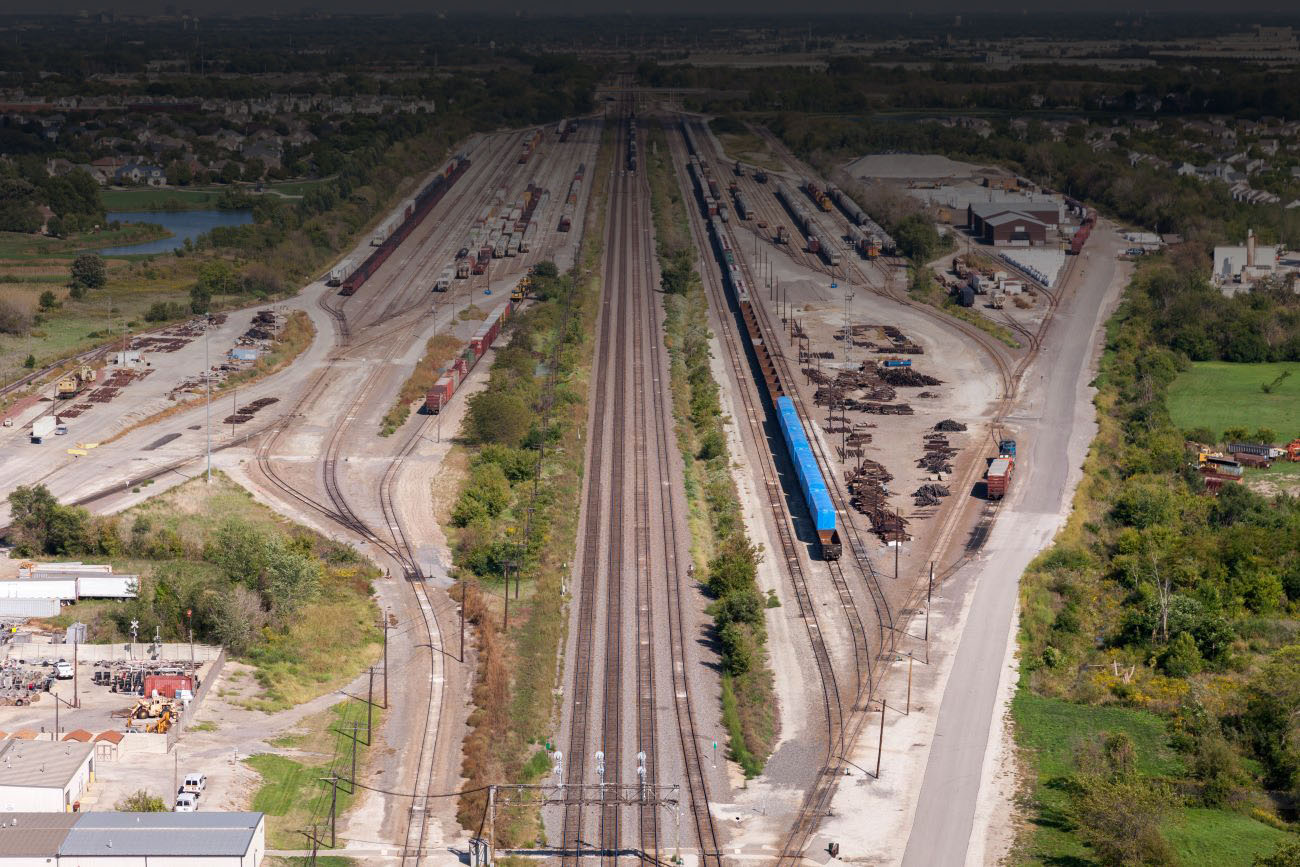
Gulf-to-Rockies dreamers brought rail to northwest Texas with The Denver Road
By EUNICE ARCHILA
Staff Writer
The entrepreneurial dream of connecting the Gulf of Mexico to the Rocky Mountains led to the introduction of rail to the Texas Panhandle. The resulting railroad, the Fort Worth and Denver Railway, lasted 101 years and made a lasting impact on the Texas economy.
In the late 1800s Fort Worth, Texas -- “Where the West Begins” -- was a booming town of 9,000 and an active trading center that had the potential to become the railroad center for the West.
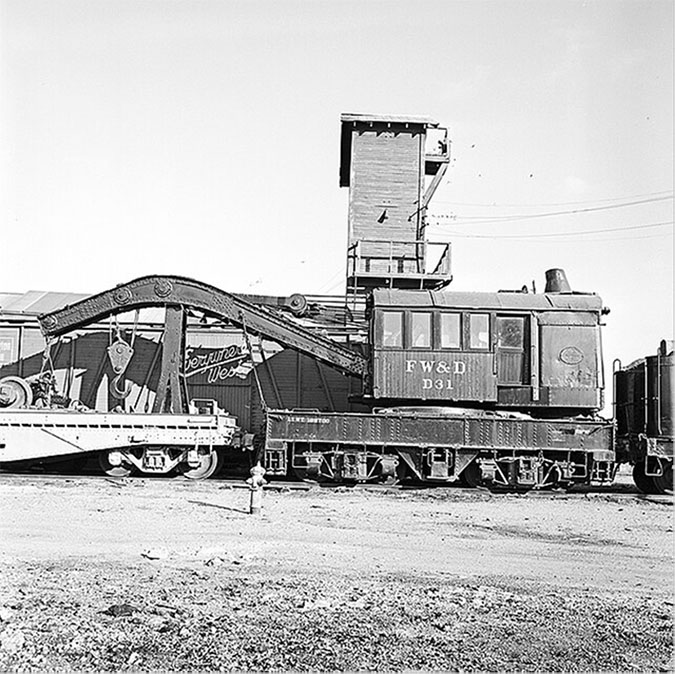
Col. Warren H.H. Lawrence envisioned a railroad route from the Gulf to the Rockies passing through Fort Worth. On May 26, 1873, the Texas Legislature chartered the Fort Worth and Denver City Railway Company. With a promise to build and operate a line in or near Fort Worth, it would head northwest to Denver. It later changed its name to Fort Worth and Denver Railway Company (FW&D).
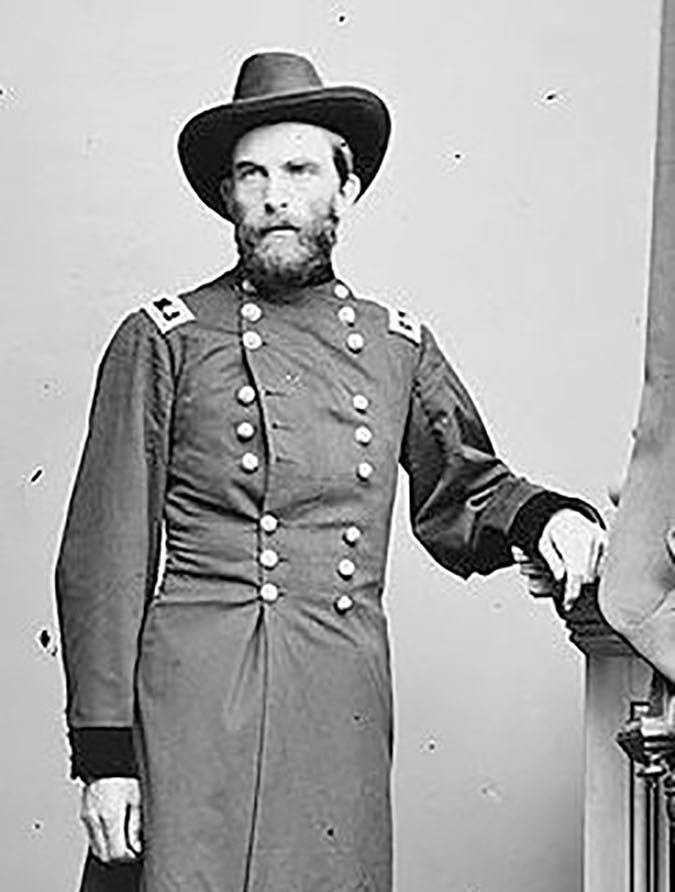
The road to connect Texas to Colorado was not easy. The Panic of 1873 delayed the line’s construction, but grading began in 1881 under the guidance of Gen. Grenville M. Dodge, a civil engineer who had experience building other major lines.
In 1862, President Abraham Lincoln appointed John Evans as territorial governor over Colorado. At that time, Colorado was isolated, the mountains were foreboding, and it was difficult to move supplies and send communication. During the 1870s, the Atchison, Topeka & Santa Fe Railway (ATSF or Santa Fe), the Denver and Rio Grande Western Railroad (DRGW or Rio Grande), and Union Pacific (UP) built lines through that territory. However, Evans knew Colorado would benefit from an alternative route to eastern markets. He envisioned a route to the Gulf of Mexico that would carry freight via steamboats to the East Coast.
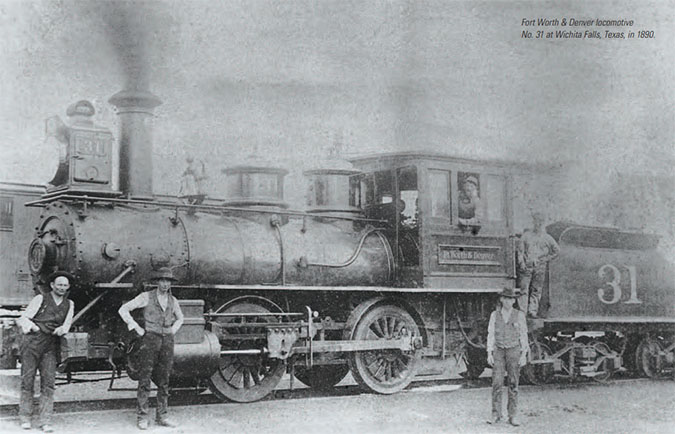
Incorporated on Jan. 5, 1881, the Denver and New Orleans Railroad (DNO) was the first major step Evans took to connect Colorado to Central Texas. In turn, this would grant DNO access to the Gulf of Mexico. So, Evans immersed himself in funding the project.
At the crossroads of expansion, Evans sought a connection to Texas but had not paid much attention to FW&D. In 1881, Dodge and Evans negotiated an agreement that would connect the two roads at the Canadian River. However, as DNO was not financially stable, Dodge was cautious.
In the early 1880s, Evans faced opposition from Santa Fe, Rio Grande and UP. He concentrated his efforts into building DNO south, from Colorado Springs to Pueblo, Colorado. After more losses, in 1885 he reorganized as the Denver, Texas and Gulf Railroad Company. Despite these challenges, Evans wanted to pick back up the partnership with Dodge and FW&D and he knew exactly what he needed to do to capture their attention.
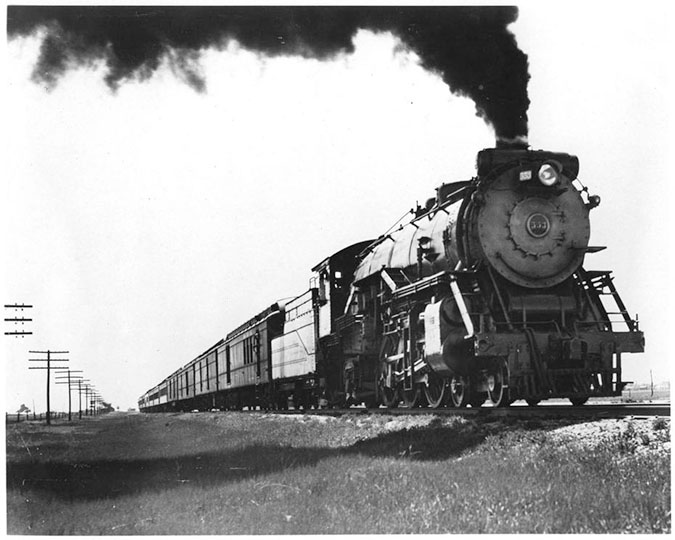
Evans had an offer from Santa Fe that would ensure the Denver, Texas and Gulf Railroad Company’s success, as Santa Fe wanted to purchase the company. Looking at this opportunity as a bargaining chip, Evans negotiated an agreement with Dodge in 1887, closing the 481-mile gap between Pueblo and Quanah, Texas. It would provide for an independent operation of the entire route from Denver to Fort Worth.
With the guidance of Evans and Dodge, on March 14, 1888, the FW&D, which had become known as “The Denver Road,” connected Denver and Fort Worth at Union Park near Folsom, New Mexico. Their dreams finally became a reality. The line was known as “The Shortest Route to Colorado and the Northwest.”
FW&D was a catalyst for Northwest Texas' development. It ended long cattle drives with stockyards, and actively promoted towns and farming with the company rule: “No settlers, no trains.” The railroad even provided resources for farmers struggling with droughts. It also played a role in introducing new crops and pioneering solutions against wind erosion.
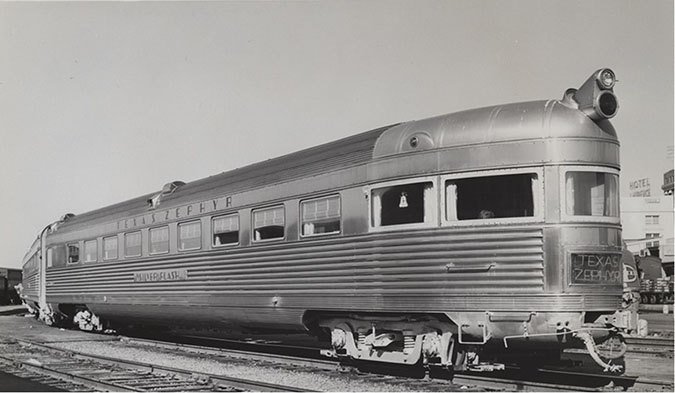
In 1936, FW&D partnered with Burlington-Rock Island to operate the first streamlined train in Texas, the Sam Houston Zephyr. It traveled between Houston and Dallas-Fort Worth, eventually expanding to nearby Waxahachie and Teague in the 1950s.
Through multiple acquisitions and mergers, FW&D eventually became a part of BNSF predecessor Burlington Northern on December 31, 1981.
